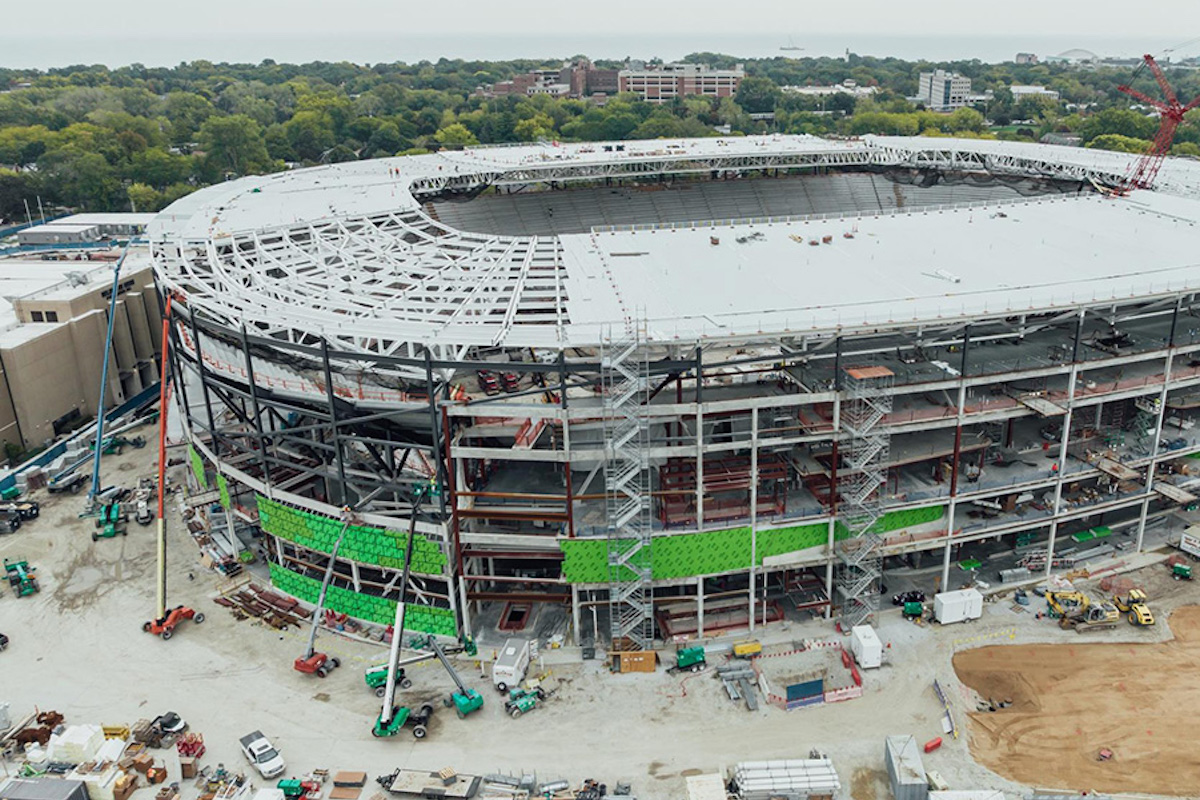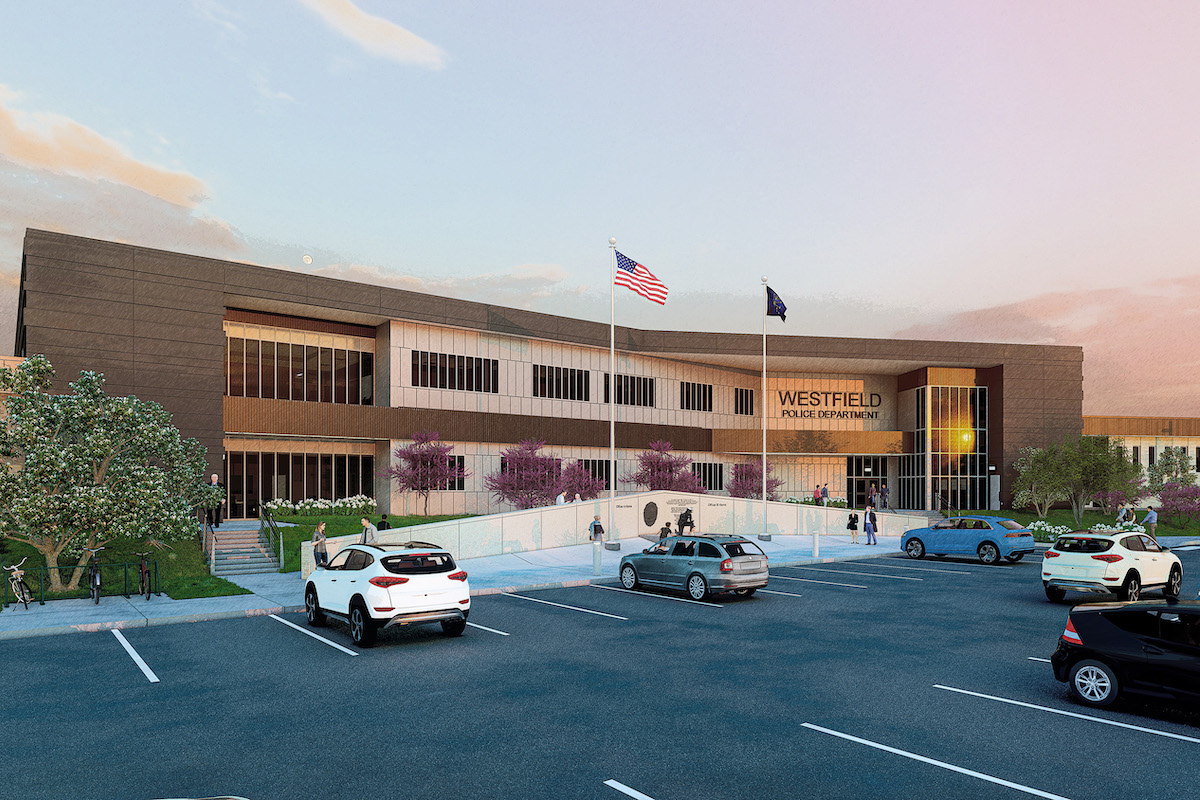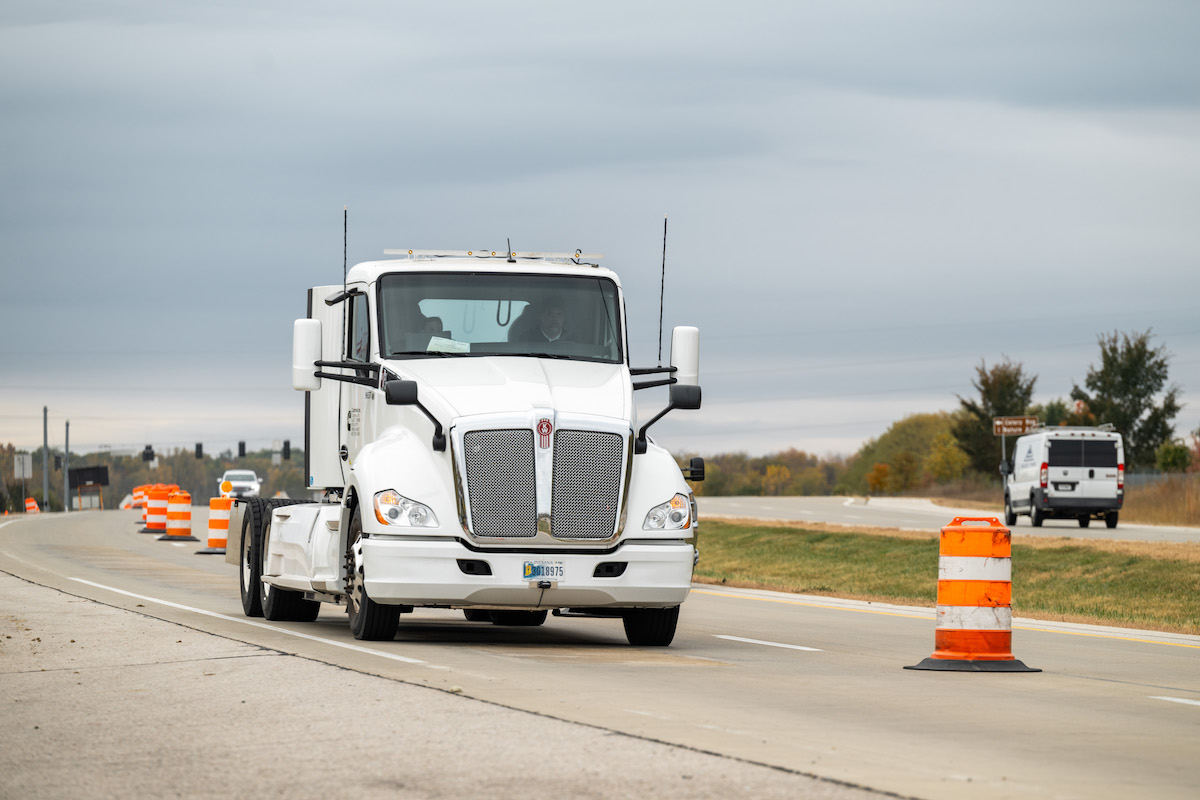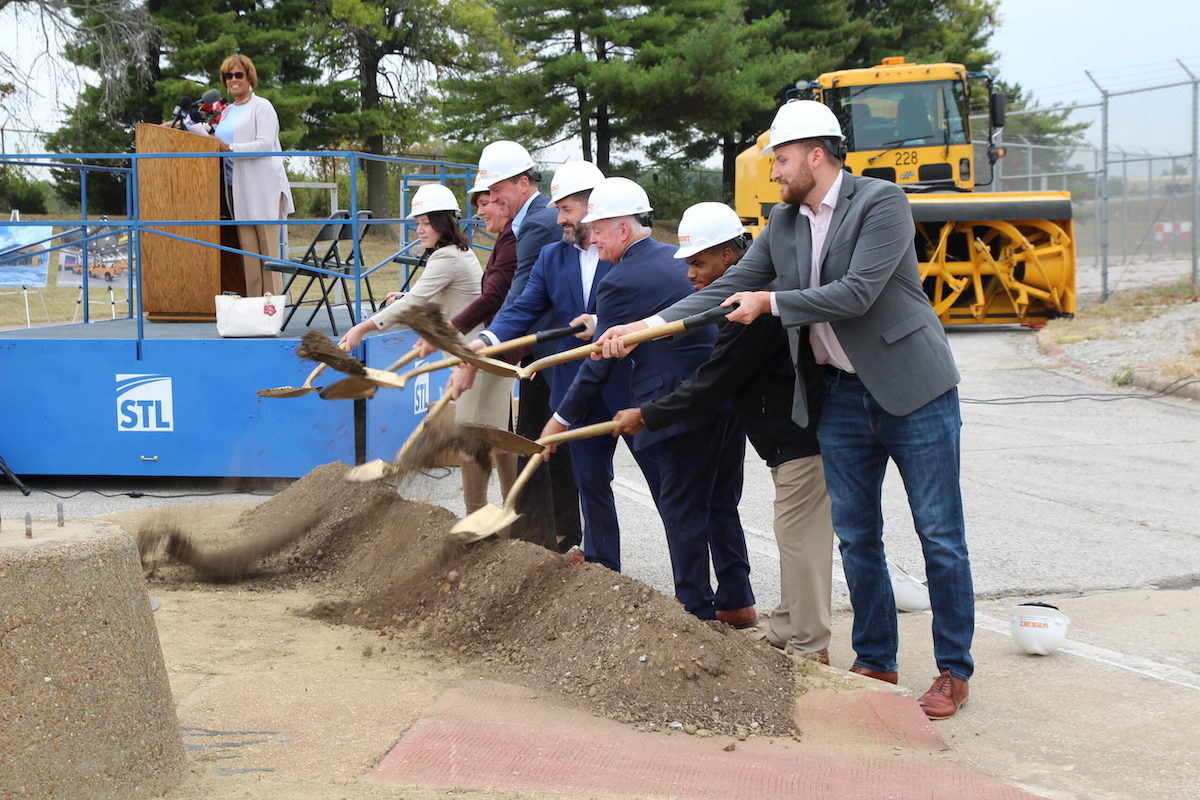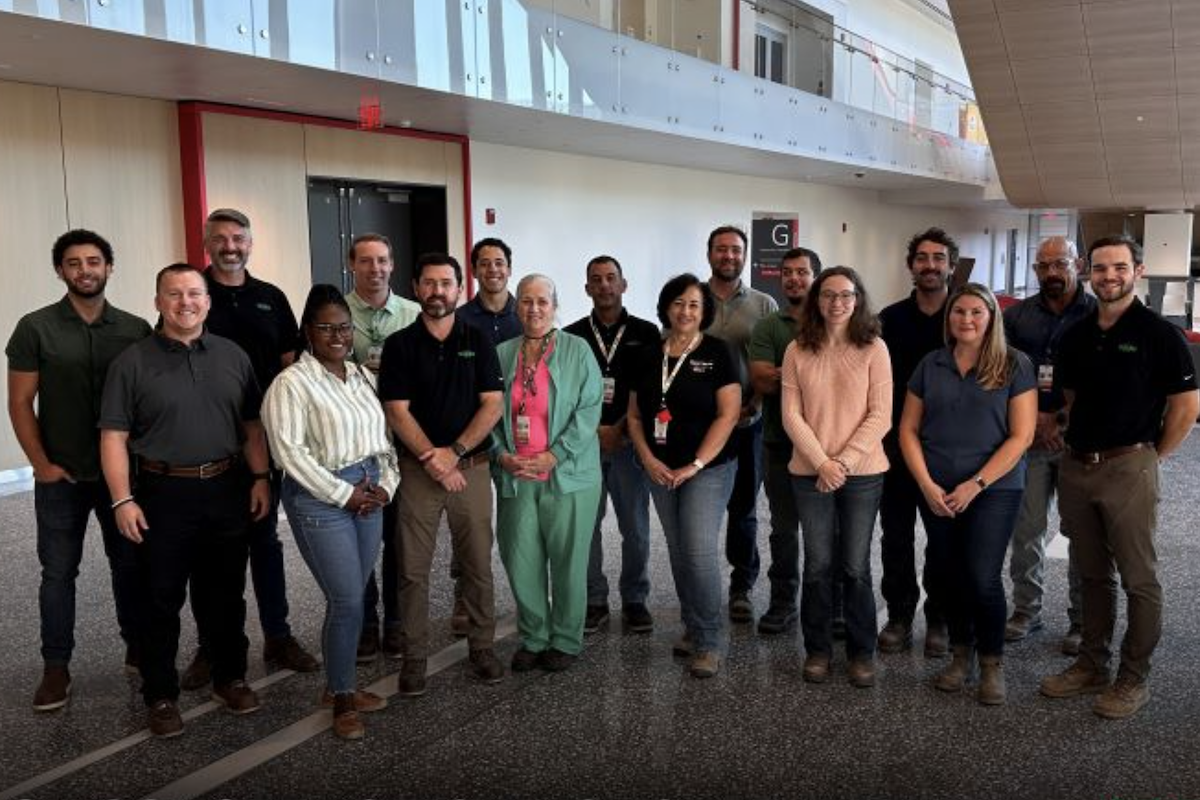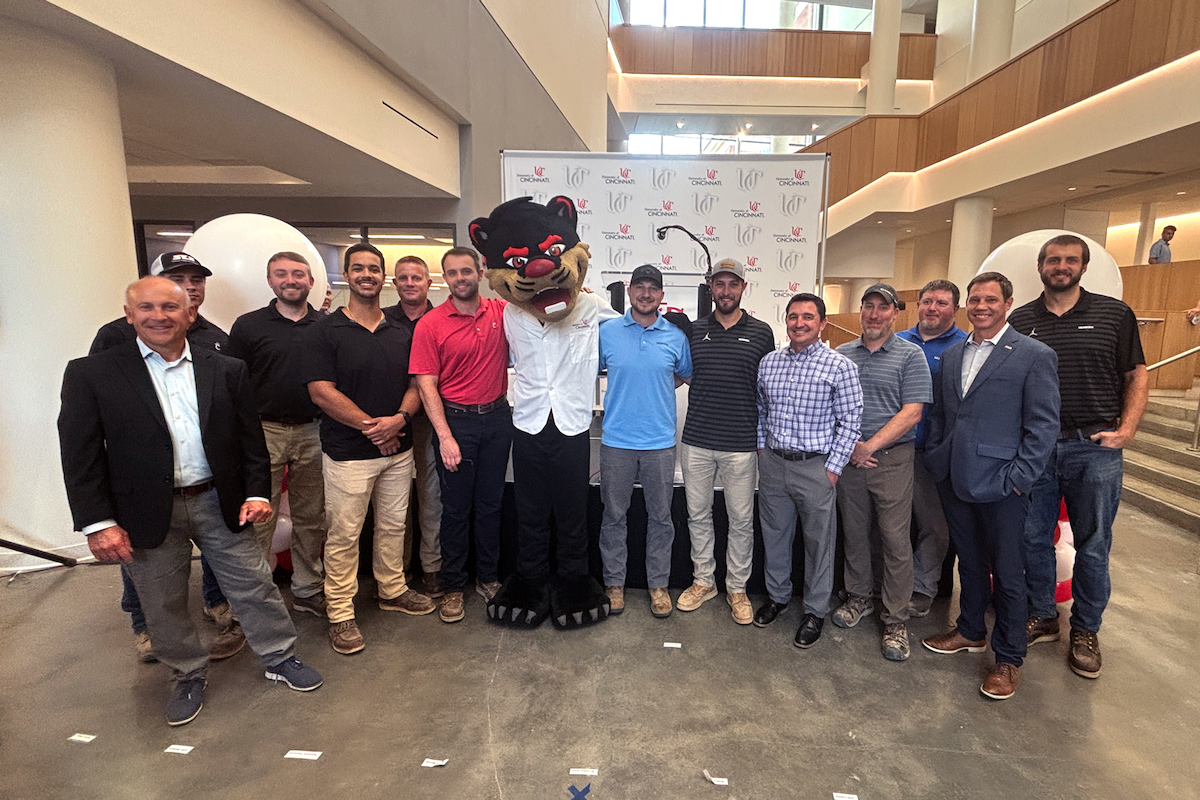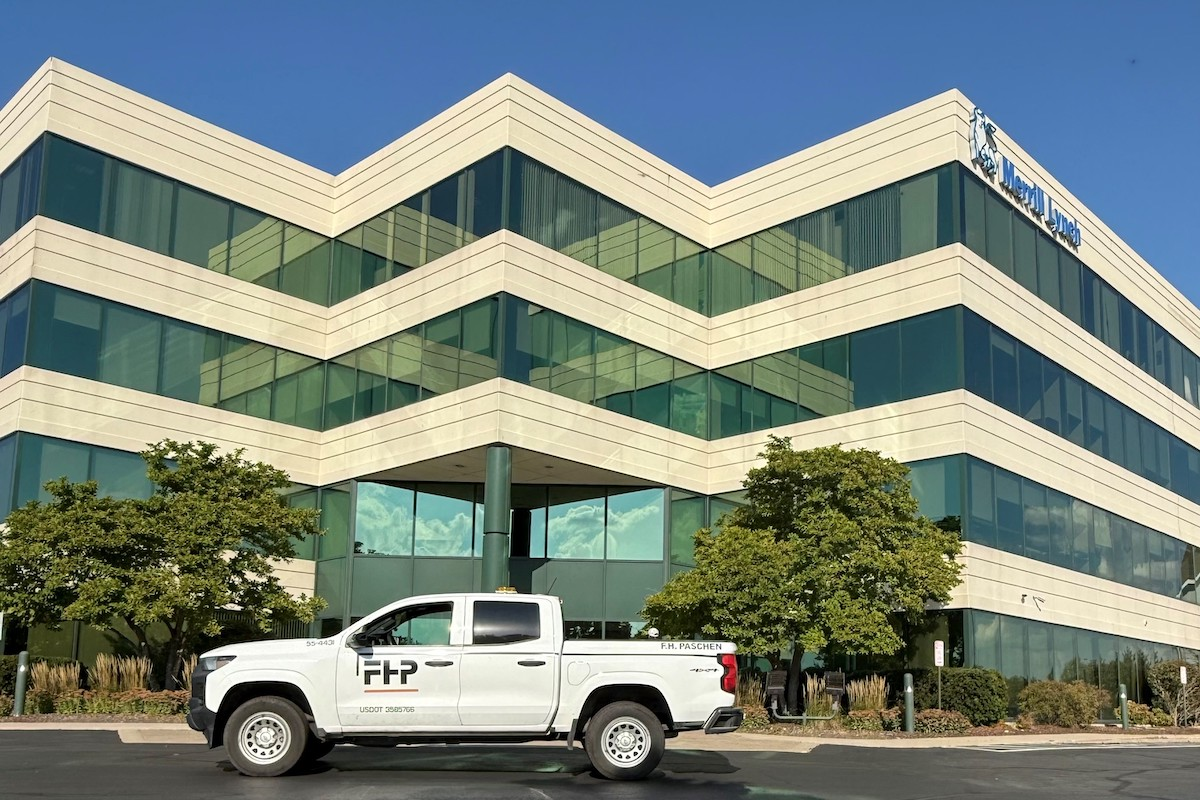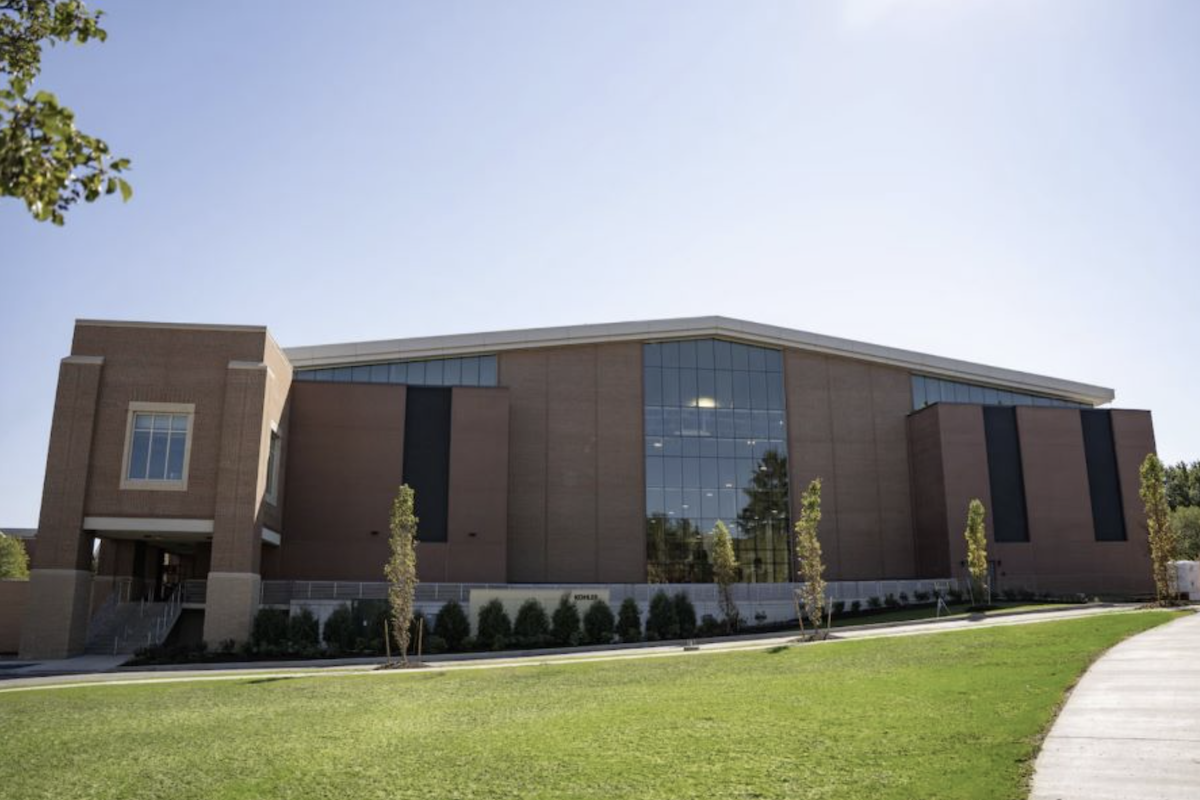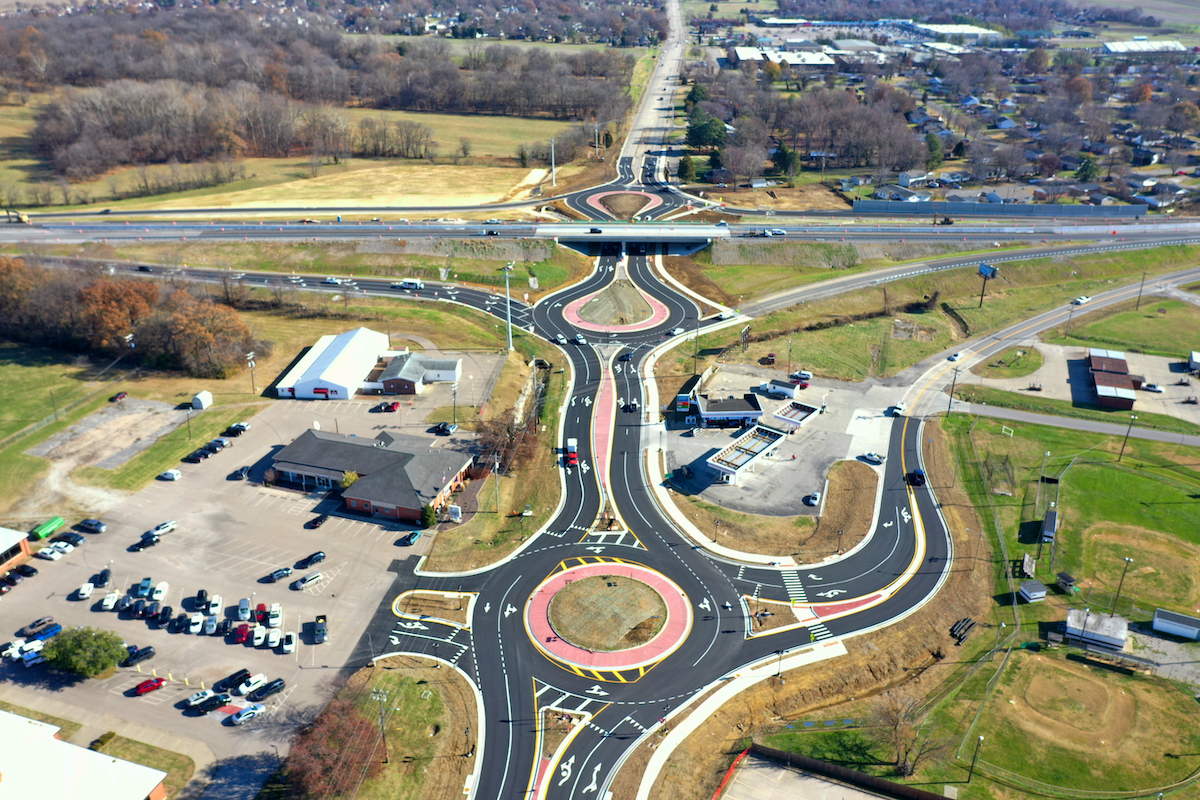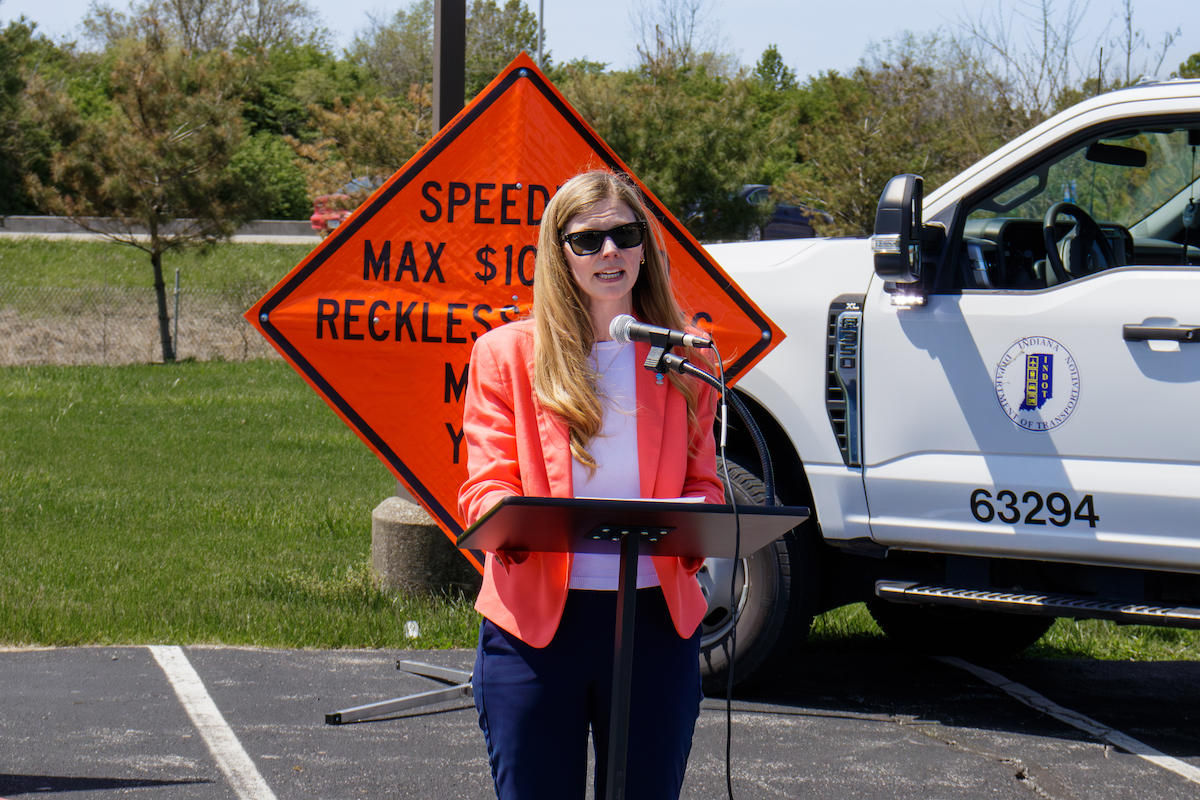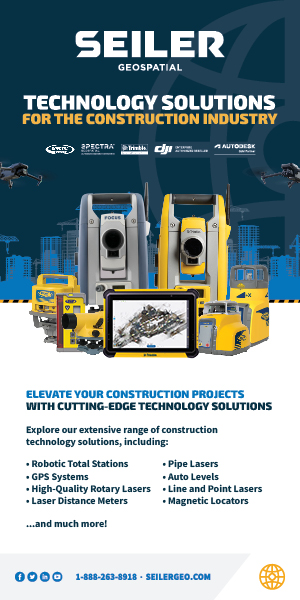I spend a fair amount of time thinking about how to alleviate constraints that can delay construction projects. These constraints or bottlenecks can be on-the-job physical constraints (e.g., lack of material, shortage of skilled crews, weather) or non-physical constraints such as the decision process, regulations, permits, and contract terms.
The continued infrastructure boom has me focused on the bottlenecks in transportation projects. Roadway, aviation, and rail projects rely on predictably receiving materials in order to maximize the project’s resources. These resources include crews and heavy equipment that often operate at a fraction of their maximum utilization rate due to physical constraints.
Which of these physical constraints can we control or optimize?
Compare infrastructure projects to building towers. Large building projects receive their materials via a crane, which hoists materials to the crews assigned the task of using them. Road projects receive most of their material via dump trucks. Just as a crane can be the source of a bottleneck on a building project, the dump truck can be a bottleneck on a road construction project.
The delivery of materials for just-in-time production needs to be predictable and calibrated in order for the project plan to be effective and profitable. Underutilized crews and equipment due to unreliable and inconsistent material delivery negatively affect infrastructure contractors to a greater extent than building contractors. Why is that?

| Your local Wirtgen America dealer |
|---|
| Brandeis Machinery |
The tower crane is a single piece of equipment that hoists materials to multiple trades and is controlled by the general contractor. The GC is able to dictate the priorities of the crane, which has a very predictable rate at which it can hoist materials. The risk factors are equipment failure and the operator’s speed and attendance record. These limited risk factors (excluding weather) are easy to control through maintenance and operator training, which allows onsite material delivery to be predictable and resource utilization to increase.
On infrastructure projects, rock, dirt, asphalt, and concrete are typically delivered by a fleet of independent operators scheduled by the prime contractor. Dump trucks are ordered daily based on need. The numbers can range from one to 100 depending on the scope being performed and the size of the job.
What are the dump truck risk factors that can create bottlenecks? Some include no-shows, operator task confusion, lack of transparency, or no centralized command and control. Just like an assembly line, the construction project’s output is only as efficient as its bottleneck.
I previously led Astra Group in Atlanta, Georgia, managing major infrastructure projects including the Atlanta Beltline, the Georgia Ports Authority’s Mega Rail expansion, and many other private and public projects. When we wanted dump trucks at a site for the day, our team had to significantly over-order — due to the all-too-common experience of no-shows — to be sure we’d get the appropriate amount to meet our production goals.

| Your local Takeuchi Mfg Ltd dealer |
|---|
| Brandeis Machinery |
That’s absurd and extremely inefficient for all parties when you think about it. And once dump trucks are onsite, there’s no visibility as to where the trucks are in between loads, how long it takes, is there an equipment failure, is the driver taking lunch, etc.
Unless you build a conveyor from the rock quarry to your project site, you will always need dump trucks. So how do you manage the risk factors and maximize or right size the output of this constraint?
This is one of the many reasons I founded TruckIT. I was one of those contractors looking for efficiency, consistency, and visibility. Contractors, material suppliers, and hauling companies need a centralized command and control platform for their multiple hauling vendors so that independent dump truck fleets can be dispatched, tracked, redirected, and analyzed through mobile-enabled, cloud-based technology. The technology increases the transparency and predictability of material delivery, decreasing downtime and increasing resource utilization and profits.
Here’s an example from a large infrastructure project at a major interstate interchange in Atlanta. We provided visibility for the heavy haul drivers to unload at drop sites at highly specific locations with no addresses, for maximum time and efficiency.

| Your local Trimble Construction Division dealer |
|---|
| SITECH Mid-South |
| SITECH Ohio |
| SITECH Midway |
| SITECH Indiana |
Prior to this project, the drivers and contractors scheduled these meetings by texting each other — “meet at station number 10+15” or “look for my guy in the red hard hat … no, not that one, the one with a Georgia Bulldogs sticker ….” And this particular project had more than 100 drop-off points for 1.5 million tons of aggregate.
I’m being a little facetious, but I guarantee a lot of those reading this are nodding their heads. Texting and phone calls are still pretty much the standard mode of communication and visibility on many construction projects.
Implementing technology on this one project yielded significant increases in loads-per-day, tons-per-day, and pay-per-day, per truck; time savings (from five hours to two); and overall productivity (over 30 percent), along with a 75 percent reduction in reconciling weekly tickets.
Imagine what can happen when this becomes an industry standard.

| Your local Gomaco dealer |
|---|
| Fabick CAT/MO |
How E-Ticketing Works
E-ticketing technology provides contractors with a fully automated, paperless system accessible for all stakeholders within the material chain of custody. When implemented, e-ticketing provides functionality for quality control managers, along with department of transportation inspectors. E-tickets eliminate the cumbersome manual ticketing process that is pervasive in our industry while providing one source of truth for all project stakeholders to drive performance and operational efficiency.
How does it work?
Well, a heavy haul driver simply rolls onto the scale, gets weighed, and the truck is identified for data matching. The scale house then transmits corresponding digital ticket data, which is stored in the cloud for immediate access — with no manual ticket data entry required by the driver or as an additional burden to the scale house operator. Drivers can roll off the scale without ever exiting their truck. The result is an automated system for recordkeeping, reconciliation, material monitoring, billing, and real-time ticket data.

| Your local Deere & Co dealer |
|---|
| West Side Tractor Sales Co |
Logistics optimization has been largely ignored in the construction industry due to its dynamic nature and a large but shrinking population of traditionalists who resist technology. But I see this resistance melting away as resources become more strained during the infrastructure boom and familiarity with mobile technologies increases. Early adopters will enjoy faster project completions, additional capacity, and higher profits by using technology to address their bottlenecks.
Andrew Lindsay is Co-Founder and CEO at TruckIT, a cloud-based technology company with web and mobile applications that automate, digitize, and optimize the heavy construction material supply chain by streamlining error-prone and manual tasks.


















